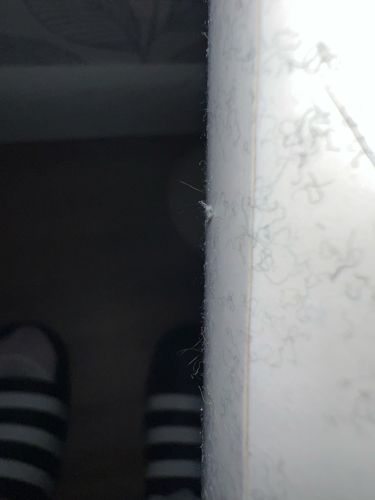Dust Mite (likely)
Scientific Name: Dermatophagoides (genus)
Order & Family: Acariformes, Pyroglyphidae
Size: 0.2 - 0.3 millimeters (microscopic)

Natural Habitat
Indoor environments, particularly mattresses, upholstered furniture, carpets, and bedding, due to the presence of human skin flakes. They thrive in warm, humid conditions.
Diet & Feeding
Primarily feed on dead skin cells shed by humans and pets. They do not bite or burrow into skin.
Behavior Patterns
Dust mites are microscopic arachnids that are not visible to the naked eye. The object in the image, if it is a dust mite, would be an agglomeration of dust and mites, or a heavily magnified and out-of-focus image of a single mite. They reproduce rapidly, especially in favorable conditions. They are most active at night when people are in bed. They do not drink water but absorb moisture from the air.
Risks & Benefits
Potential risks include triggering allergic reactions in sensitive individuals, such as asthma, eczema, and allergic rhinitis, due to their fecal pellets and body fragments. There are no known direct benefits to humans or the ecosystem, though they play a role in the decomposition of organic matter in indoor environments.
Identified on: 10/25/2025